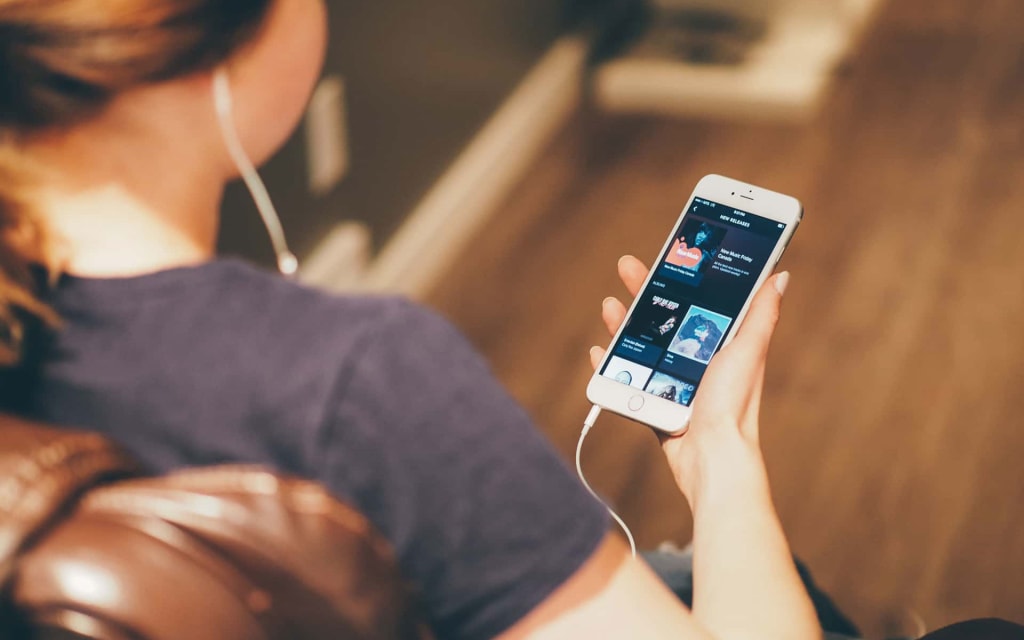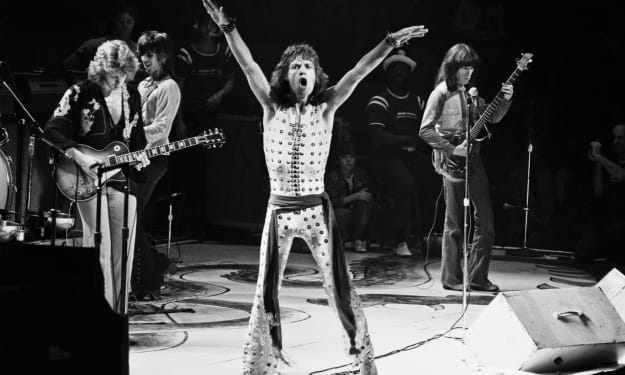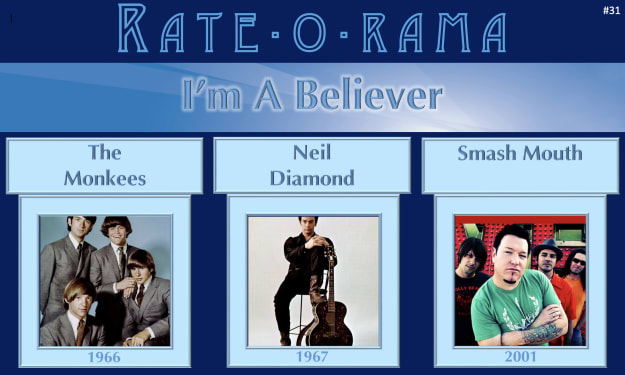
The way that we consume media has changed substantially in the last decade, in particular we have seen the rise of music streaming as one of, if not the most, popular way for people to consume media. While these new technologies and ways of relating to the music around us have made lasting changes in the world, the scope and effect of those changes can still be murky. Music streaming was born out of a radio culture, and it has since shaped the way that radio operates. Therefore it is important to understand the complex relationship between radio and the rise of music streaming to predict what our media consumption will look like in the future.
The Dynamic
Radio was the first medium to bring consistent access to music to the masses. Prior to the widespread adoption of radio, the only ways for most people to hear music were to attend a concert or make it yourself. Frequent trips to concerts were prohibitive for the vast majority of the population, and so if the people weren’t playing then there was no music to be heard. Radio brought music access to the masses. This new connection with the population helped inspire and popularize many of the genres of music we know and love today.
With the rise of music streaming, people now have more access than ever to an even broader selection of music. Streaming services have enabled individuals to customize their listening experience to an extent that was previously inconceivable. As they do so radio is faced with new challenges in getting and keeping listeners. We will see that this shapes not only what music radio stations play, but also affects the entire business model of the industry. Music streaming was initially viewed as a way to get the hit songs people loved off the radio on demand, and has in turn shaped the music that is played on the radio, as well as the way that radio stations approach their business models.
How Radio Shaped Streaming

Streaming was originally viewed as a way to get the music that you love from the radio on demand without having to wait for the radio to play it. As a result, the focus for streaming content was on services getting the rights to stream the most popular radio songs. This was foreshadowed by the earliest music downloading and sharing services, which gained notoriety for their battles with popular musicians of the day. It was thought at the time that the only way for streaming music to be a viable business model was to focus on billboard top hits that had broad appeal. Additionally, radio gave music streaming one of its most common revenue models: playing ads for listeners.
However, since that time streaming has morphed into something new entirely. No longer are services focused on merely copying what the radio is playing. Instead music streaming has splintered, offering users more specific niche music or songs within genres that don’t get much radio play. This level of control has given radio a challenge; how do you keep listeners during a time of unprecedented control in the hands of users? The way that radio chooses to respond to this phenomena and the way that streaming answers radio’s response will have profound implications for the way that people consume music and what kinds of music become available for consumption.
How Streaming Shaped Radio

The rise of streaming music has caused it to grow beyond its original format, and as a result it has now shaped the very thing it once modeled. Streaming music services have given new and different artists a way to reach a large audience and, as a result, radio has started to look to streaming data to determine what music to play on their stations. This has led to a shift in the types of music that radio plays, and has also presented a challenge to the way that the music industry recruits and promotes talent. As a result, whereas once streaming looked to radio for guidance, radio now takes a tremendous influence from streaming.
One result of this is that radio stations have begun to change their business model and adopt to the new streaming reality they find themselves in. One clear example of this is Z100, a top 40 radio station based in New York. Rather than trying to directly compete with streaming music, this station has used the new technology as a way to expand their audience base. With that in mind they launched a Z100 station for the iHeartRadio app. This lets them reach a nationwide listening base which is not limited by the range of a radio transmission. In fact, the iHeartRadio app was conceived on this very premise. The idea is to win listeners all over in addition to the local listeners that radio stations traditionally target within their broadcast range.
The result is that radio stations rely less on exclusive access to music as their unique selling point and instead focus on the personalities of the DJs they employ and their connection to popular culture. Users now listen to hear their favorite show no matter where they are and can choose from more stations than would have been conceivable even a decade ago.
The Future of Media Consumption
Only time will tell what the ultimate result of the rise of streaming music will be. One thing that is for sure is that the way we consume media will continue to change, sometimes in unforeseeable ways. We can expect to see that radio stations will start to specialize more in the types of music they play and focus on getting all of the enthusiasts of that niche nationwide to listen, rather than focusing only on the interests of their local demographic. As a result expect to see fewer and fewer stations focusing on top 40 songs and more stations focusing on smaller niche genres of music. We have already seen one model for this with SiriusXM satellite radio, which focuses on providing a plethora of different stations catering to different interests. In the future this model could prove to be the template for the future of media consumption.
About the Creator
Max Jones
New Orleans raised, a retired self taught sax player who spends his time keeping jazz alive through his writing, reviews, and occasional show.






Comments
There are no comments for this story
Be the first to respond and start the conversation.